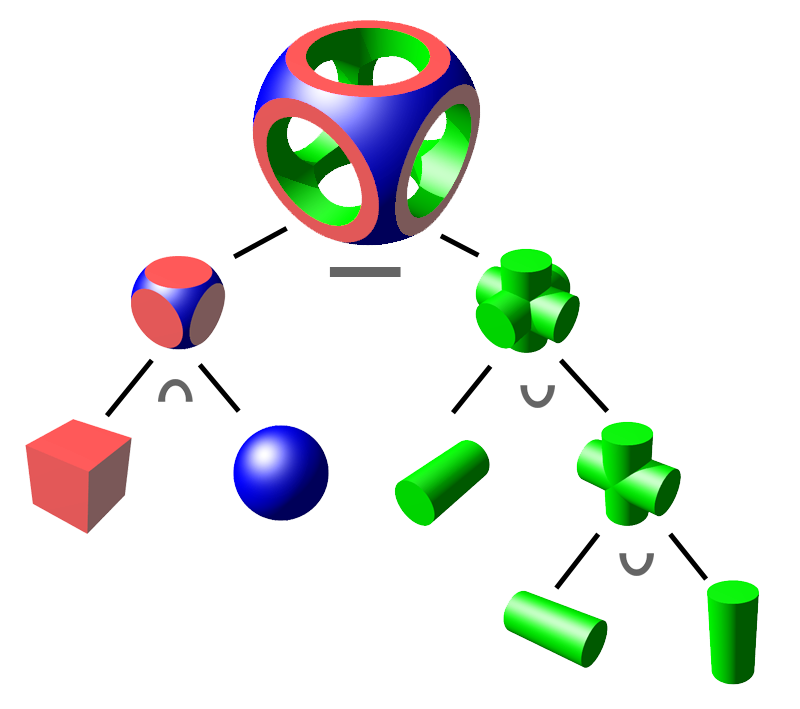CAD to DAGMC convertors
- cad-to-dagmc
- cad-to-openmc
- stl-to-dagmc
- stellermesh
- Cubit

CAD to CSG convertors

- energy angle plot
- energy energy plot
- pathlength
- equation for logarithmic energy loss
- transmutation to unstable
- electrons
- other particles
- Gamma production
- Damage Per Atom (DPA)
- Gas production
- Cascades, recombination
- Enrichment
- Neutron multiplication
---
# Detailed nuclear heating example
- Determine nuclear heating to ensure adequate cooling in components
- Nuclear heating will have localized peaks in higher Z materials (e.g. steel) that are adjacent to moderator regions (e.g. water coolant)
- good from an engineering perspective
TODO
plot of heating vs distance with steel and water
mesh plot of heating for geometry with water pipes
# Radiation Damage of Materials
- Energetic neutrons produce:
- interstitials and vacancies (atomic displacement)
- transmutations (gaseous and metallic)
- Determined using neutron flux with appropriate reaction cross sections
- Evaluation of effects of radiation damage on mechanical and physical properties is a crucial aspect of development of structural materials for fusion
- Damage parameters greatly influenced by neutron energy spectrum
TODO DPA vs energy plot of Iron
TODO helium production plot in Iron
---
# He/dpa Ratio For Structural Materials
SiC has an order of magnitude higher He/dpa than steel at the FW
He/dpa for V at the FW is lower with modest gradient
SS316 has enhanced He production deep in blanket
Due to 10 wppm B in SS316 along with large Ni content
TODO plot graph of dpa vs depth
TODO plot graph of he production vs depth
TODO plot ratio of dpa to He production
TODO these different materials SiC, steel, Vandium alloy, eurofer
---
- Waste
- Decay heat vs time
- Activated coolant
- Shielding
- Pulsed irradiation / constant irradiation
# Decay heat vs time
cooling components analysis

[NEA databank](https://www.oecd-nea.org/dbcps/)